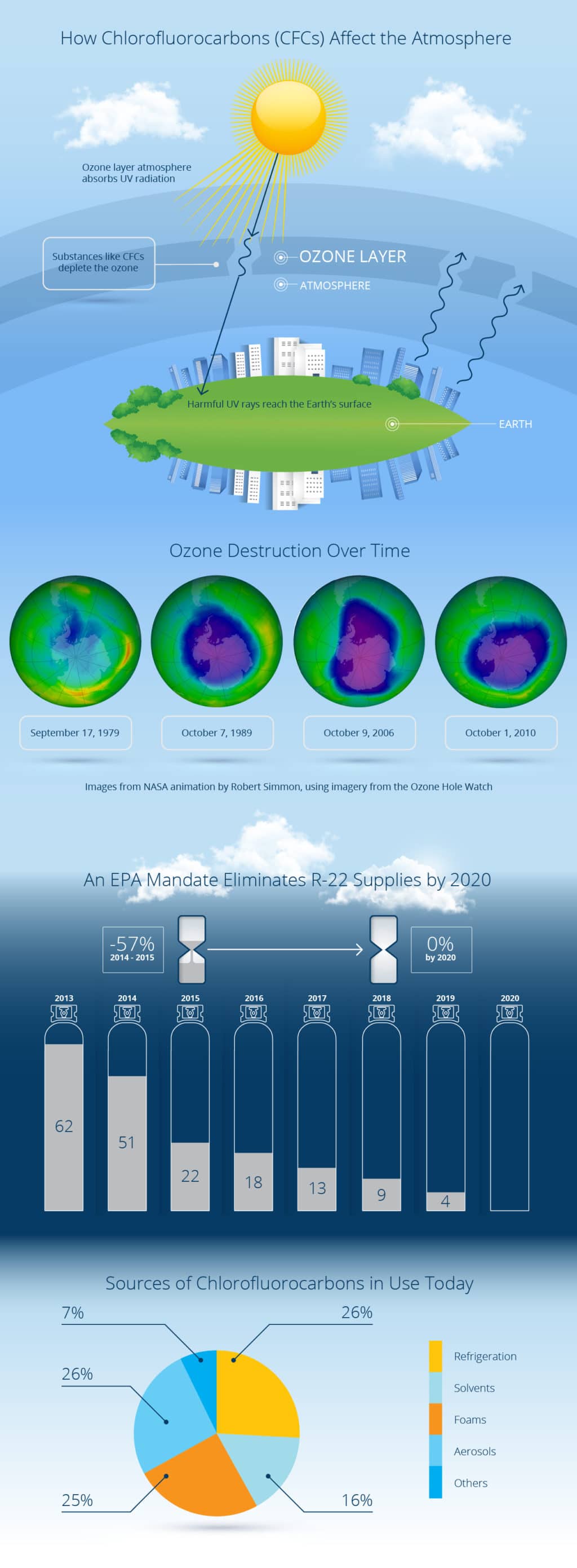The Ultimate Overview To Understanding Heat Pumps - How Do They Function?
The Ultimate Overview To Understanding Heat Pumps - How Do They Function?
Blog Article
Material By-Gissel Hemmingsen
The best heatpump can save you significant amounts of money on energy costs. They can likewise help in reducing greenhouse gas exhausts, particularly if you use electrical power in place of nonrenewable fuel sources like propane and heating oil or electric-resistance furnaces.
Heatpump function significantly the same as air conditioning unit do. This makes them a viable choice to traditional electrical home heating systems.
Just how They Work
Heat pumps cool homes in the summertime and, with a little help from power or gas, they provide several of your home's home heating in the winter season. They're a good alternative for individuals who wish to lower their use fossil fuels however aren't all set to change their existing heater and a/c system.
They count on the physical truth that also in air that seems as well cold, there's still power existing: warm air is constantly moving, and it wants to relocate into cooler, lower-pressure settings like your home.
A lot of ENERGY STAR accredited heatpump run at near to their heating or cooling capability throughout most of the year, reducing on/off cycling and conserving power. For the very best efficiency, focus on systems with a high SEER and HSPF rating.
The Compressor
The heart of the heatpump is the compressor, which is also referred to as an air compressor. This mechanical flowing device uses possible energy from power creation to increase the stress of a gas by lowering its quantity. It is different from a pump in that it just deals with gases and can not deal with liquids, as pumps do.
Climatic air enters the compressor via an inlet valve. It travels around vane-mounted arms with self-adjusting size that split the inside of the compressor, creating several cavities of differing dimension. https://cost-of-routine-hvac-serv90999.loginblogin.com/35962102/the-future-of-home-home-heating-exactly-how-heatpump-modern-technology-is-evolving to move in and out of stage with each other, compressing the air.
The compressor reels in the low-temperature, high-pressure refrigerant vapor from the evaporator and presses it right into the hot, pressurized state of a gas. https://costtoreplacecentralairco09753.blogoscience.com/35403932/heat-pump-vs-furnace-which-is-the-better-heating-option-for-your-home is repeated as needed to supply home heating or air conditioning as needed. The compressor additionally consists of a desuperheater coil that recycles the waste warm and adds superheat to the cooling agent, transforming it from its liquid to vapor state.
The Evaporator
The evaporator in heatpump does the exact same point as it does in refrigerators and ac unit, transforming fluid cooling agent right into an aeriform vapor that gets rid of heat from the space. Heat pump systems would certainly not function without this important tool.
This part of the system lies inside your home or structure in an indoor air handler, which can be either a ducted or ductless system. Read the Full Report includes an evaporator coil and the compressor that presses the low-pressure vapor from the evaporator to high pressure gas.
Heatpump absorb ambient warm from the air, and after that utilize electrical power to transfer that warm to a home or company in home heating setting. That makes them a lot a lot more power reliable than electrical heating units or heating systems, and since they're making use of clean electrical energy from the grid (and not burning gas), they also create far less emissions. That's why heatpump are such great ecological options. (Not to mention a massive reason that they're ending up being so popular.).
The Thermostat.
Heat pumps are wonderful options for homes in cold environments, and you can use them in mix with typical duct-based systems and even go ductless. They're an excellent alternate to nonrenewable fuel source furnace or standard electric heating systems, and they're a lot more lasting than oil, gas or nuclear heating and cooling devices.
Your thermostat is the most vital part of your heatpump system, and it works really differently than a traditional thermostat. All mechanical thermostats (all non-electronic ones) work by using substances that transform size with enhancing temperature, like coiled bimetallic strips or the increasing wax in a car radiator shutoff.
These strips include two different types of steel, and they're bolted together to create a bridge that finishes an electric circuit attached to your a/c system. As the strip obtains warmer, one side of the bridge expands faster than the other, which triggers it to flex and signify that the heating system is required. When the heatpump is in home heating mode, the reversing shutoff turns around the circulation of cooling agent, to ensure that the outside coil now operates as an evaporator and the interior cylinder becomes a condenser.